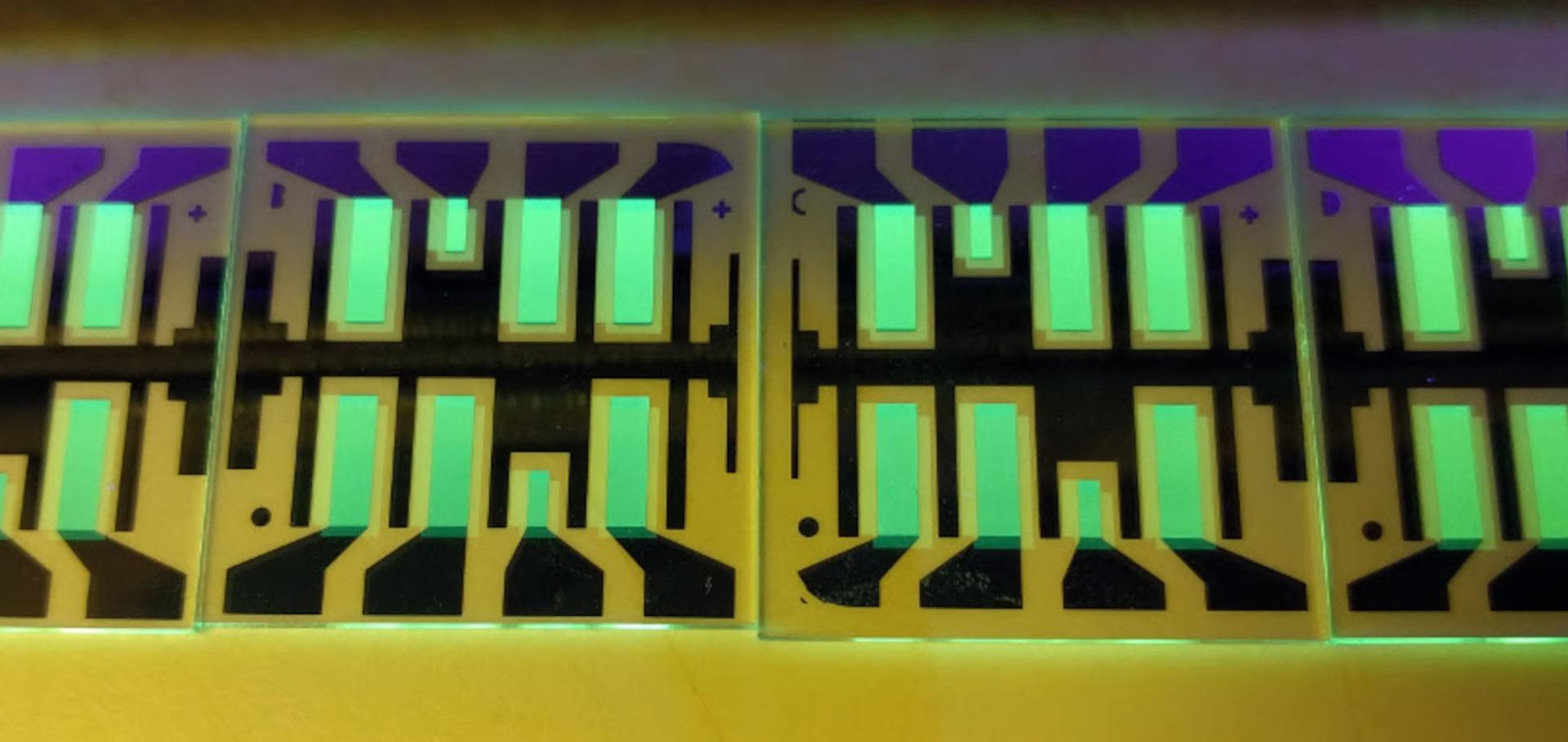Filamentary high-resolution electrical probes for nanoengineering
Nano Letters American Chemical Society 20:2 (2020) 1067-1073
Abstract:
Confining electric fields to a nanoscale region is challenging yet crucial for applications such as high resolution probing of electrical properties of materials and electric-field manipulation of nanoparticles. State-of-the-art techniques involving atomic force microscopy typically have a lateral resolution limit of tens of nanometers due to limitations in the probe geometry and stray electric fields that extend over space. Engineering the probes is the most direct approach to improving this resolution limit. However, current methods to fabricate high-resolution probes, which can effectively confine the electric fields laterally involve expensive and sophisticated probe manipulation, which has limited the use of this approach. Here, we demonstrate that nanoscale phase switching of configurable thin films on probes can result in high-resolution electrical probes. These configurable coatings can be both germanium-antimony-tellurium (GST) as well as amorphous-carbon, materials known to undergo electric field-induced non-volatile, yet reversible switching. By forming a localized conductive filament through phase transition, we demonstrate a spatial resolution of electrical field beyond the geometrical limitations of commercial platinum probes (i.e. an improvement of ~48%). We then utilize these confined electric fields to manipulate nanoparticles with single nanoparticle precision via dielectrophoresis. Our results advance the field of nanomanufacturing and metrology with direct applications for pick and place assembly at the nanoscale.Direct observation and evolution of electronic coupling between organic semiconductors
University of Oxford (2020)
Abstract:
The data is in-situ spectroscopic ellipsometry data (mainly for psi and delta) used in the development and application of the DART method. CompleteEASE software from J.A.Woollam company was used for acquisition using RC2 Woollam ellipsometer, and exported in text document format. It can be imported using excel or in python.Azetidinium as Cation in Lead Mixed Halide Perovskite Nanocrystals of Optoelectronic Quality
(2019)
Tuning the ambipolar behaviour of organic field effect transistors via band engineering
AIP ADVANCES 9:3 (2019) ARTN 035202
Solubilization of carbon nanotubes with ethylene-vinyl acetate for solution-processed conductive films and charge extraction layers in perovskite solar cells
ACS Applied Materials and Interfaces American Chemical Society 11:1 (2018) 1185-1191


